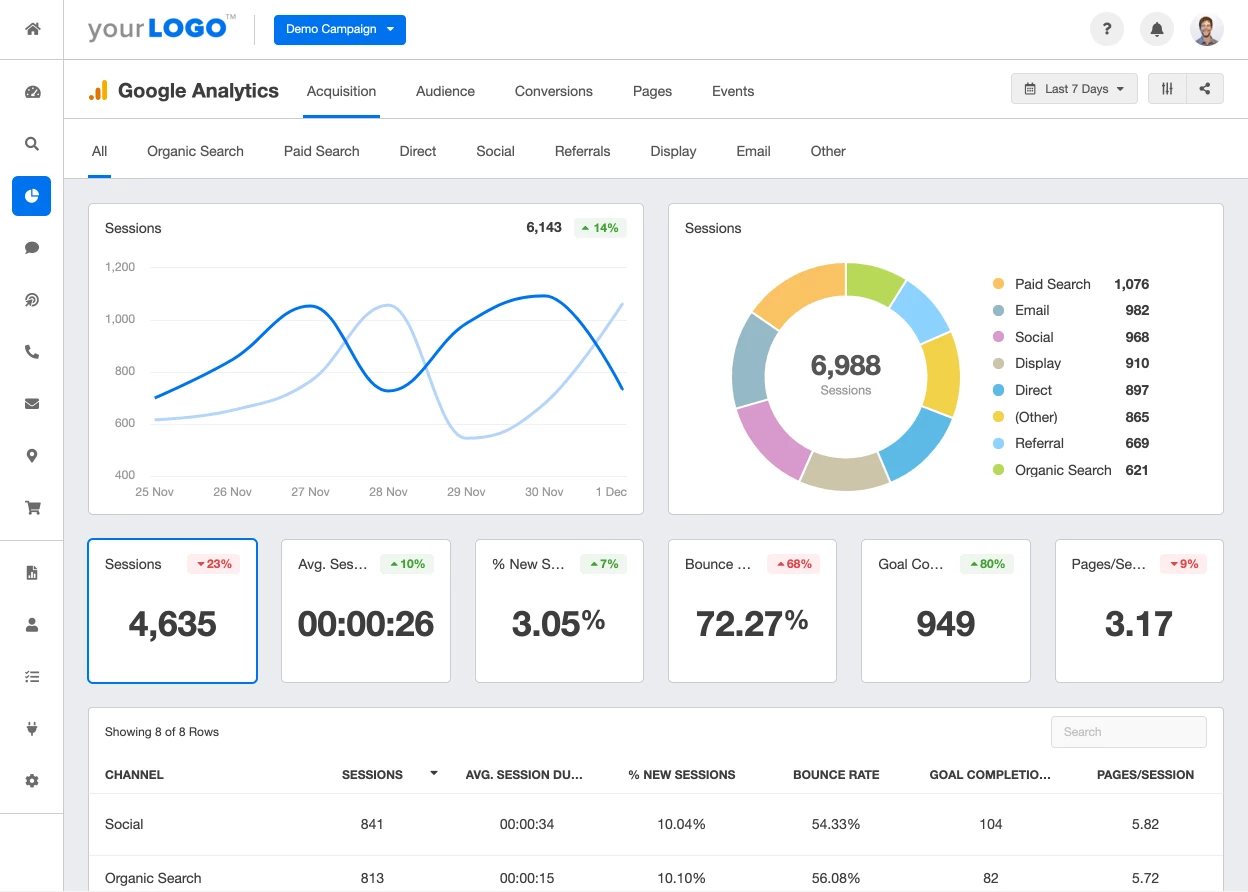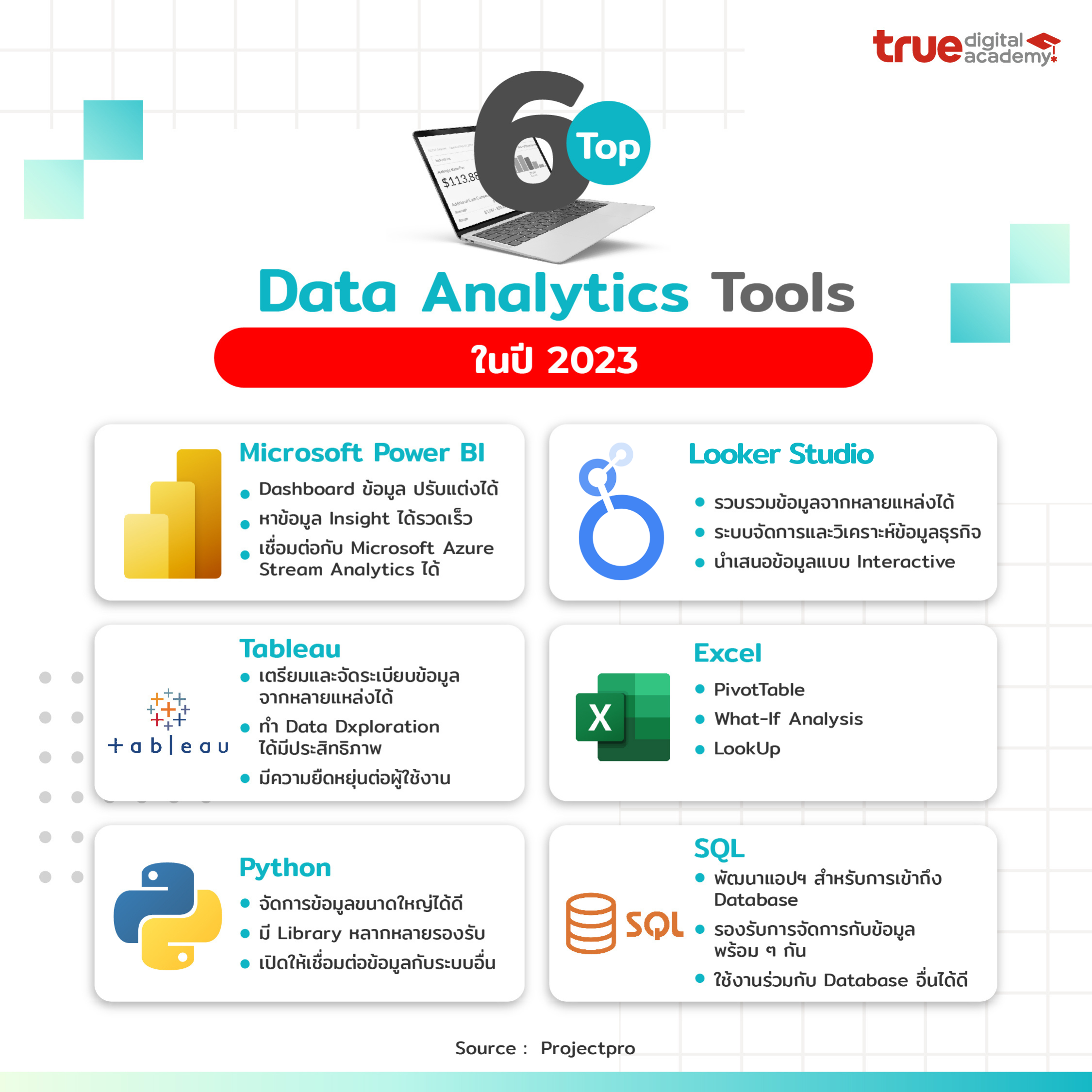Take Advantage Of Predictive Analytics for Future-Ready Choices
Take Advantage Of Predictive Analytics for Future-Ready Choices
Blog Article
Discover Cutting-Edge Analytics for Wiser Decision-Making
In an era where information is bountiful, the ability to harness cutting-edge analytics is extremely important for organizations looking for to enhance decision-making procedures. Advanced methods like artificial intelligence and anticipating analytics not just reveal surprise patterns within datasets yet likewise supply foresight that can dramatically affect critical choices. As organizations strive to foster a data-driven culture, the application of real-time information visualization tools becomes an essential part in transforming complicated info into comprehensible insights. The ramifications of these innovations increase crucial questions concerning their functional applications and the possible difficulties that might emerge.
The Significance of Data-Driven Decisions
In today's hectic company atmosphere, 90% of executives believe that data-driven decision-making is critical for preserving an one-upmanship. As companies progressively encounter rapid changes and complicated difficulties, the capacity to leverage information successfully has come to be critical. Data-driven choices allow companies to relocate past intuition and assumptions, relying instead on empirical proof to notify activities and methods.
The value of data-driven decisions reaches numerous facets of business, including operational efficiency, client satisfaction, and market positioning. Organizations that use data analytics can recognize trends, optimize source allocation, and improve consumer interaction by tailoring products and services to fulfill specific needs. Additionally, data-driven approaches facilitate threat management by permitting companies to forecast prospective challenges and respond proactively.
Integrating data into decision-making procedures cultivates a society of responsibility and transparency, as stakeholders are a lot more most likely to count on choices backed by solid evidence. Consequently, organizations that focus on data-driven decision-making are much better geared up to adjust to market fluctuations and maximize arising opportunities, inevitably driving sustainable growth and success in an increasingly affordable landscape. Analytics. Stressing the value of information in tactical planning will undoubtedly produce long-lasting advantages for any organization
Trick Strategies in Advanced Analytics

Another essential strategy is equipment learning, which enables systems to pick up from information and enhance their performance with time. This iterative procedure aids in identifying abnormalities and forecasting future trends based on historic information. Additionally, all-natural language processing (NLP) enables the evaluation of disorganized information, such as social media communications and consumer comments, giving much deeper insights into customer belief and preferences.
Visualization strategies additionally play an important function in advanced analytics. By changing complex data into intuitive visual layouts, companies can help with far better understanding and quicker decision-making among stakeholders. Finally, optimization techniques aid organizations make one of the most efficient use of their resources by discovering the most effective possible services under offered restraints.
Together, these crucial strategies develop a durable framework for innovative analytics, enabling companies to browse the intricacies of modern-day data landscapes properly.
Predictive Analytics and Its Influence
Predictive analytics serves as a considerable expansion of the essential techniques detailed in advanced analytics, leveraging historic information to forecast future outcomes. By utilizing statistical formulas and maker understanding methodologies, organizations can identify patterns and patterns within their information collections, allowing them to make educated decisions that improve operational effectiveness and drive calculated initiatives.
The effect of predictive analytics is profound across various industries, including health care, advertising, and financing. In the monetary domain, establishments make use of predictive models to analyze credit report danger, optimize financial investment profiles, and identify deceitful activities. In healthcare, predictive analytics aids in patient end result forecasting, source allotment, and customized therapy strategies, ultimately improving patient treatment.
Furthermore, businesses use predictive understandings to refine advertising and marketing approaches, targeting consumers a lot more effectively and boosting conversion rates. By preparing for customer actions, organizations can tailor their offerings, thus cultivating loyalty and boosting consumer experience.
As organizations remain to harness the power of predictive analytics, they get an one-upmanship by not just reacting to market modifications but additionally proactively shaping their approaches based on expected fads. This progressive method inevitably changes information into a calculated possession, go right here driving sustainable growth and innovation.
Real-Time Information Visualization Devices
Numerous organizations are increasingly turning to real-time information visualization devices to improve their pop over here decision-making procedures. These tools enable stakeholders to translate intricate datasets quickly and successfully, facilitating timely reactions to arising patterns and obstacles. By providing data in user-friendly styles such as dashboards, graphs, and interactive graphes, companies can change raw information into workable understandings.
Real-time information visualization devices permit for the continuous tracking of vital efficiency indications (KPIs), making certain that decision-makers are always informed about the current state of procedures. This immediacy assists organizations determine anomalies, forecast potential problems, and take chances as they occur. The usage of these devices promotes cooperation throughout divisions, as shared visualizations promote an unified understanding of information amongst group members.
As organizations significantly rely upon data-driven techniques, the adoption of real-time visualization devices comes to be necessary. With innovations in innovation, these tools have actually become more straightforward and easily accessible, allowing non-technical individuals to take advantage of information successfully. As a result, real-time data visualization not just improves functional effectiveness but likewise encourages companies to make educated choices that drive growth and advancement.
Implementing Analytics for Development

Organizations must spend in the right devices and technologies that promote information collection, storage space, and evaluation. This consists of cloud-based systems that provide scalability and adaptability, making it possible for teams to access real-time data easily (Analytics). Moreover, fostering a data-driven culture is vital; staff members whatsoever levels need to be educated to interpret and use analytics effectively.

Verdict
Finally, the combination of advanced analytics into business approaches is paramount for cultivating educated decision-making. By leveraging strategies such as device learning and information mining, services can uncover important understandings and forecast emerging patterns. Real-time data visualization boosts the interpretability of complex datasets, promoting cross-departmental collaboration. Eventually, cultivating a data-driven culture and investing in ideal innovations will substantially enhance functional effectiveness, customer complete satisfaction, and competitive placing in a progressively dynamic market landscape.
In an era where data is bountiful, the capacity to harness sophisticated analytics is critical for companies seeking to enhance decision-making procedures. Organizations that make use of information analytics can determine patterns, enhance resource appropriation, and improve customer engagement by customizing services and items to fulfill certain requirements.Advanced analytics encompasses a variety of crucial strategies that encourage companies to draw out meaningful insights from complex information sets. Among these techniques, data mining stands out as a powerful device for uncovering patterns and relationships within huge volumes of data. By presenting information in intuitive formats such as control panels, graphs, and interactive graphes, organizations can change raw data into workable insights.
Report this page